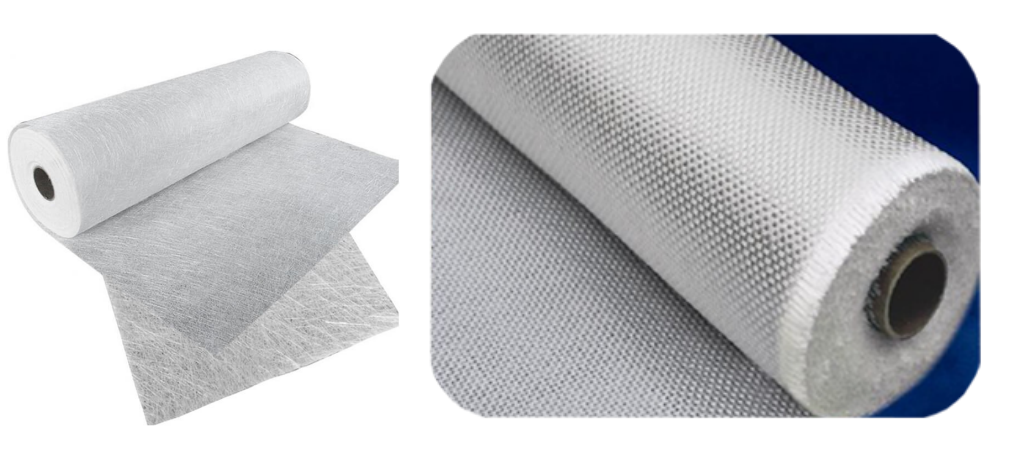
Asia composite materials (Thailand)co.,Ltd
The pioneers of fiberglass industry in THAILAND
E-mail:yoli@wbo-acm.com WhatsApp :+66966518165
Chopped Strand Mat (CSM) and Woven Roving are two different types of glass fiber reinforcement materials used in the manufacturing of composite materials. Their differences primarily lie in their manufacturing processes, structures, and application fields.
1. Manufacturing Process and Structure:
- Chopped Strand Mat: Consists of randomly arranged short glass fibers, bonded together with a binder. This structure gives the mat roughly the same mechanical properties in all directions.
- Woven Roving: Made from long glass fibers woven into a grid-like structure. This fabric is characterized by higher strength and stiffness in the primary directions of the fibers, while being relatively weaker in other directions.
2. Mechanical Properties:
- The mat, due to its non-directional nature, generally exhibits uniform mechanical properties but has overall lower strength compared to woven roving.
- Woven roving, with its woven structure, has higher tensile and bending strength, especially along the direction of the fibers.
3. Application Fields:
- Chopped strand mats are commonly used for products with complex shapes, such as automotive parts and boats, due to their good coverage and adaptability.
- Woven roving is typically used in applications requiring higher structural strength, such as large ships, wind turbine blades, and sports equipment.
4. Resin Permeability:
- The mat has better resin permeability, making it easier to combine with resin to form a uniform composite material.
- Woven roving has relatively poor resin permeability, but good resin penetration can be achieved with proper processing techniques.
In conclusion, chopped strand mats and woven rovings each have their unique advantages and application fields. The choice of material depends on the design requirements and expected performance of the final product.
Post time: Jan-19-2024




